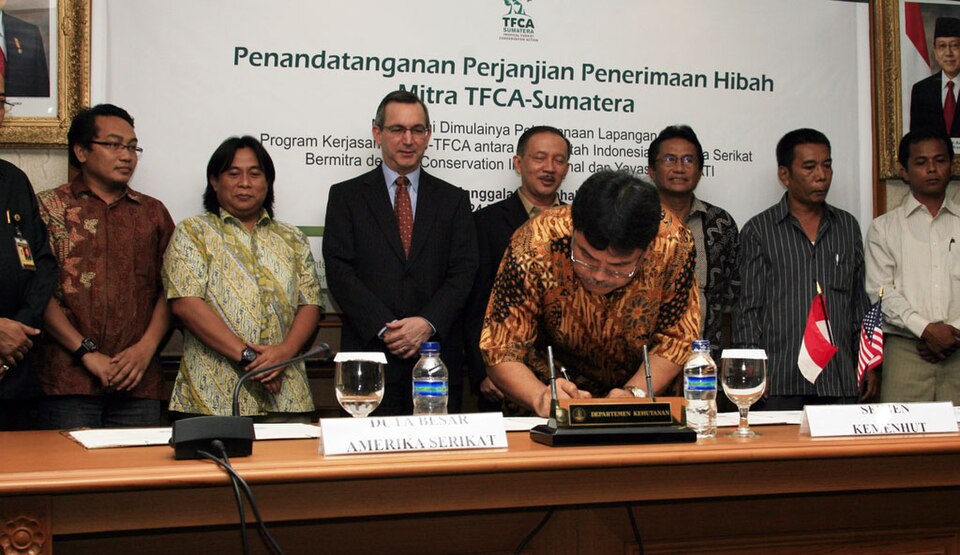Innovative Forest Design Strategies to Combat Climate Change

A recent study highlights the critical role of forest design in mitigating climate change, emphasizing that strategic arrangements of trees can significantly enhance forest growth, improve soil health, and increase carbon sequestration capabilities. Conducted by Rémy Beugnon at the German Centre for Integrative Biodiversity Research (iDiv) and published in Nature Communications, the study utilized advanced computer models to simulate various tree arrangements in subtropical forests, revealing that the layout of trees can be as influential as the species selected.
The research underscores the importance of spatial heterogeneity, defined as a fine-grained mix of species in a forest stand. This diversity allows neighboring trees to access different nutrients and share sunlight more effectively, creating a more productive ecosystem. According to Beugnon, “The models show that random planting designs increased tree biomass by 11 percent compared to clustered layouts,” demonstrating the benefits of mixing species.
The study's simulations indicated that random layouts not only enhance tree growth but also facilitate faster nutrient cycling within the forest. For instance, the research found that shuffling tree species in simulated plots raised aboveground biomass by 11 percent over traditional block plantings, despite maintaining the same number of trees per plot. This finding suggests that mixing species can optimize resource utilization, as taller shade-tolerant trees and shorter sun-loving trees coexist more efficiently.
Furthermore, the research showed that mixed canopies lead to more even litter distribution across the forest floor, which is essential for nutrient cycling. The models indicated that carbon loss from litter in random mixes increased from 36.5 percent in block plantings to 47.1 percent in mixed arrangements after nine months. This substantial difference has critical implications for soil carbon budgets, as mixed forests promote faster decomposition and enhance soil nutrient profiles, effectively locking carbon deeper into the soil.
In a field study conducted in subtropical China, researchers found that increasing tree species richness accelerated litter decomposition by up to 25 percent, further illustrating the advantages of biodiversity in forest management. Nico Eisenhauer, a professor at Leipzig University and iDiv group leader, noted that “we can leverage biodiversity in forests if we arrange it in the right way.” This approach not only improves soil health but also aligns with significant climate goals.
The study also explored practical forest management strategies, such as “line planting,” which alternates rows of different species to maintain clear paths for machinery while optimizing biodiversity. This method showed a balanced decomposition rate of 40.4 percent of litter carbon over nine months, representing a manageable compromise between block and fully random layouts.
The findings underscore the urgent need for policymakers to incorporate these innovative forest design strategies into reforestation initiatives. With approximately 470 million acres pledged for restoration globally, even a 10 percent increase in biomass can result in substantial carbon sequestration, contributing to climate action efforts. As Beugnon and his team prepare for long-term field tests to evaluate the lasting effects of these designs, the study presents a compelling case for adopting more flexible, diverse forest layouts as a straightforward yet impactful tool in combating climate change. By emphasizing the significance of both species selection and arrangement, this research highlights an essential step toward achieving national and global carbon targets.
Advertisement
Tags
Advertisement





